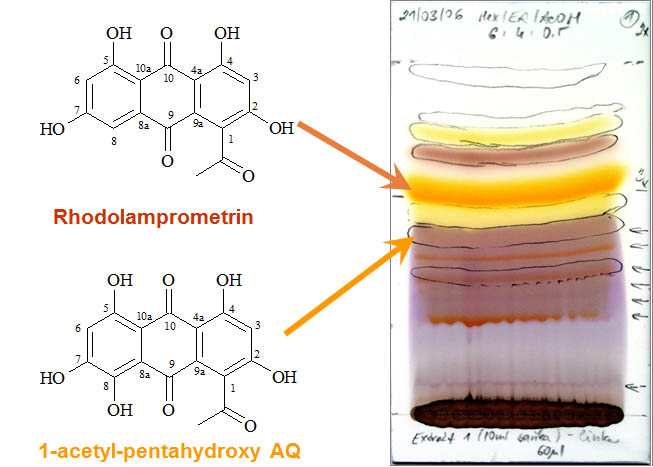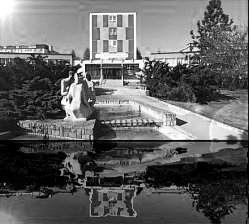Web design by Martin Kostovcik, 2010
Improving determinations tools in Aspergillus
Identity and biotechnological potential of secondary metabolites of insect associated fungi
Our long term interest is in identification of natural compounds produced by microorganisms. In fungi more than 4000 fungal metabolites are described and 5000-7000 taxonomic species have been studied with respect to their chemistry but other 99% from the estimated number of fungal species have unknown metabolic properties. Many new metabolites are expected in fungi from less investigates substrata like including endophytic or symbiotic fungi. These ecological groups need to cope with unfavorable environment or reach to complex chemical-based interactions with their symbionts. We focuse on analysis of Geosmithia and Quambalaria cyanesecens metabolites. It is evident, that the knowledge about secondary metabolite spectrum and their biological can elucidate their ecological role in the bark beetles galleries and these compounds have interesting biological activity and can be used in biotechnology. More than 16 new coumpounds of secondary metabolites from these fungi were found so far. They exhibit various biological activities (antibiotic, immunomodulatory cytostatic, etc.) and other bio assays are in progress.

TLC plate with extract from Geosmithia lavendula. Bright coloured metabolites are polyhydroxylated anthraquinones and belong to extremly rarely found compounds in nature. They have antimicrobial activities, could be toxic for some insects and can act as feeding repelents for birds. All these charactes could be favoured in symbiosis with bark beetles.













